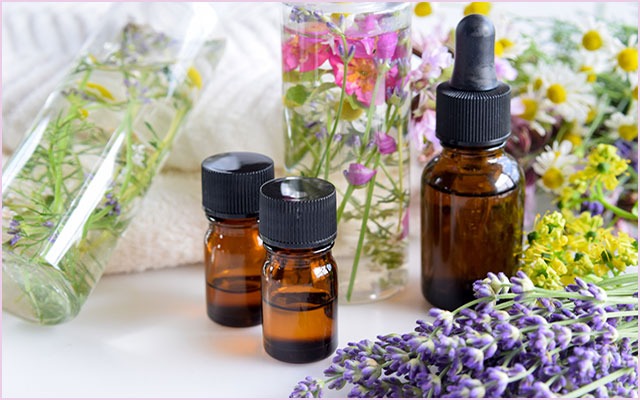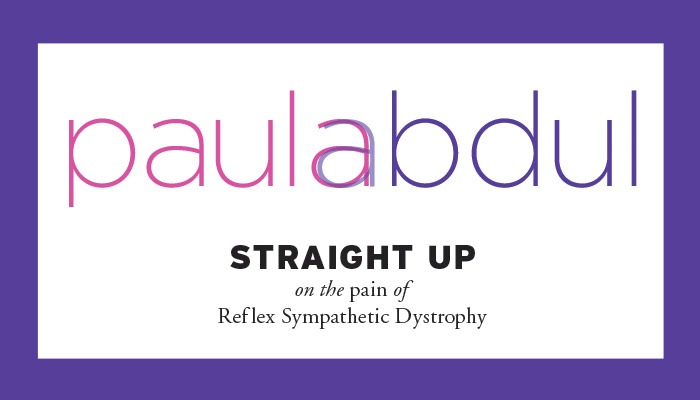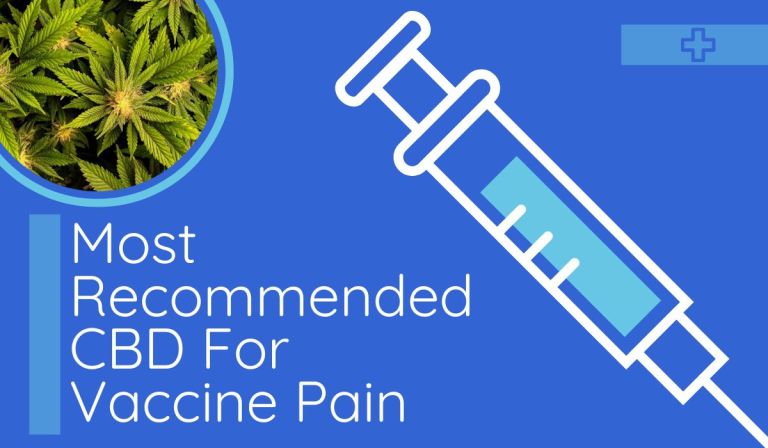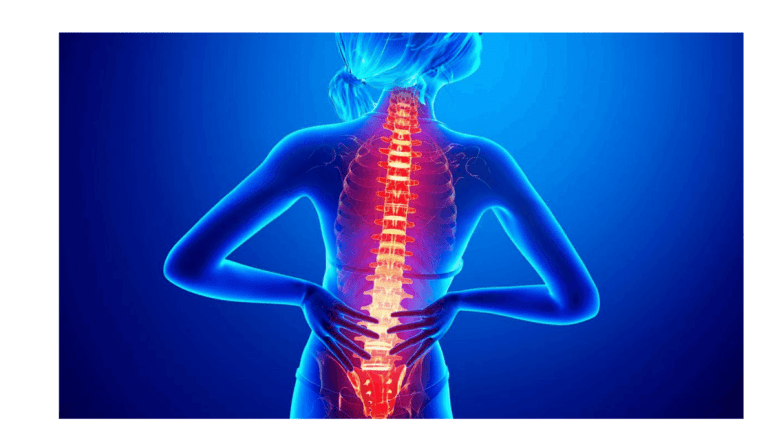Aromatherapy And Its Use In Chronic Pain

If you’ve ever smelled lavender and felt calmed, or had the perfume of a freshly peeled orange brighten a moment, you’ve directly experienced the powerful effects of scent. Aromatherapy, the therapeutic use of essential oils, has experienced renewed popularity in recent years as a tool on the journey of health and wellness. While many people are familiar with aromatherapy as something that smells good, the therapeutic effects of essential oils make aromatherapy much more than just a scent. In this article we explore aromatherapy as another tool in the chronic pain toolbox.
A quick search of “aromatherapy and pain” on PubMed will return pages dedicated to trials studying the effects of aromatherapy on pain. An expert in the field, Dr. Jane Buckle, cites several factors that may be behind the pain-moderating effects of scent: the effect of essential oils on the brain, analgesic (pain-relieving) components in essential oils, and the relaxant effect aromatherapy has on the nervous system (Buckle, 2003). In essence, aromatherapy has the potential to affect us not only through our mind and emotions but also through our body. An example of this is aromatherapeutic massage, which can initiate a deep relaxation effect that not only influences pain perception, but also has the potential to improve mood.
Traditionally a number of essential oils have been used for their analgesic effect. Some essential oils thought to be helpful in both acute and chronic pain include:
Lavender (Lavendula angustifolia)
Traditional use: analgesic and antispasmodic. Studied in small clinical trials for its calming and sedating activity and ability to reduce the perception of pain when inhaled.
Peppermint (Mentha piperita)
Traditional use: analgesic and antispasmodic. Studied in clinical trials for its analgesic effect on headache and ability to reduce colon spasms.
Ginger (Zingiber officinale)
Traditional use: analgesic and anti-inflammatory. Studied in small clinical trials for its ability to reduce pain in arthritis and knee pain.
Marjoram (Origanum majorana)
Traditional use: analgesic and antispasmodic. Shown in small clinical trials (when used in an essential oil blend) to produce an analgesic effect in low back pain and arthritis.
Geranium (Pelargonium graveolens)
Traditional use: antispasmodic and for stress-related conditions. Shown in clinical trial to produce a significant reduction in neuropathic pain.
Clary Sage (Salvia sclaria)
Traditional use: antispasmodic and relaxant. Shown in small clinical trials (when used in an essential oil blend) to reduce pain.
Black Pepper (Piper nigrum)
Traditional use: antispasmodic and relaxant. Shown in small clinical trials to decrease arthritis pain.
Lemongrass (Cymbopogan citrates)
Traditional use: analgesic. Thought to help with muscle pain.
Roman Chamomile (Chamaemelum nobile)
Traditional use: anti-spasmodic, analgesic, and relaxant.
Essential oils can be used in many ways, but topical application and inhalation are generally the most effective for chronic pain. For specific pain complaints such as an achy knee or sore muscles, topical applications (applying directly to the skin) of essential oils may be most beneficial. Essential oils can also be applied topically by adding them to massage oil or body lotion, dispersing in an aromatic bath, or adding to a warm or cool compress.
Inhalation is an effective method for affecting both the physical and psychological realms—by sniffing a bottle of oil, adding a drop to a cotton ball and inhaling, using a specialized aromatic inhaler (aromastick), or inhaling the steam from a bowl of hot water after adding a couple of drops of essential oil.
The majority of essential oils are safe and do not have adverse effects when inhaled or diluted and used topically. One of the great benefits of essential oils is their relatively low risk of harm and high potential for benefit. Despite this fact, if you have hypertension, seizures, sensitive skin, or are taking multiple medications, it is advisable to discuss using essential oils with a knowledgeable healthcare provider prior to use.
Recipes:
Sore Muscle Blend
(Results in a 5% dilution)
1 oz Organic Sweet Almond Oil
12 drops Lavender (Lavendula angustifolia)
10 drops Marjoram (Origanum majorana)
8 drops Lemongrass (Cymbopogan citratus)
Shake well and apply up to three times daily to sore muscles. Wash hands well after use
Uplifting Spritzer
(Makes a spritzer with a 2-3% dilution)
In a 1 oz metal or glass spritzer bottle add:
1 oz distilled or purified Water
12-18 drops Bergamot (Citrus Bergamia) -or- Grapefruit (Citrus paridisii)
Spray in the room as needed. Avoid spraying on furniture as essential oils can discolor wood and fabrics. If sprayed on the body avoid direct sunlight for 12 hours.
Blaire Morriss is a Nurse Practitioner at the Vanderbilt Center for Integrative Health and an Instructor in Clinical Nursing at the Vanderbilt University School of Nursing. Blaire has completed two certification programs in Aromatherapy and has been working with essential oils for the past 15 years. She received her graduate degree in nursing from Vanderbilt University and completed the Fellowship in Integrative Medicine at the University of Arizona in 2012. Blaire is also a Certified Professional Health Coach.
Take Courage Coaching® coaches those who live with complicated pain to utilize tools and strategies that reduce stress, anxiety, and pain. You can become part of this health and wellness community–as a client or coach. http://www.takecouragecoaching.com
Dr. Edward Zelman
Dr. Edward Zelman works as a Neurologist with the expertise of over 15 years, helping more than thousands to get back in complete health through his research-proven treatments. He earned his Masters from Harvard University and completed his Ph.D. from Columbia University. Dr. Edward Zelman is one of the notable names in the medical industry for his work in pain management, chronic disorder, and so on. He is also a former faculty at the Massachusetts Institute of Technology (MIT). At present, Dr. Edward Zelman is researching safe and effective natural remedies that can restore as well as maintain the youthful functioning of the body.
View All By Dr. Edward






